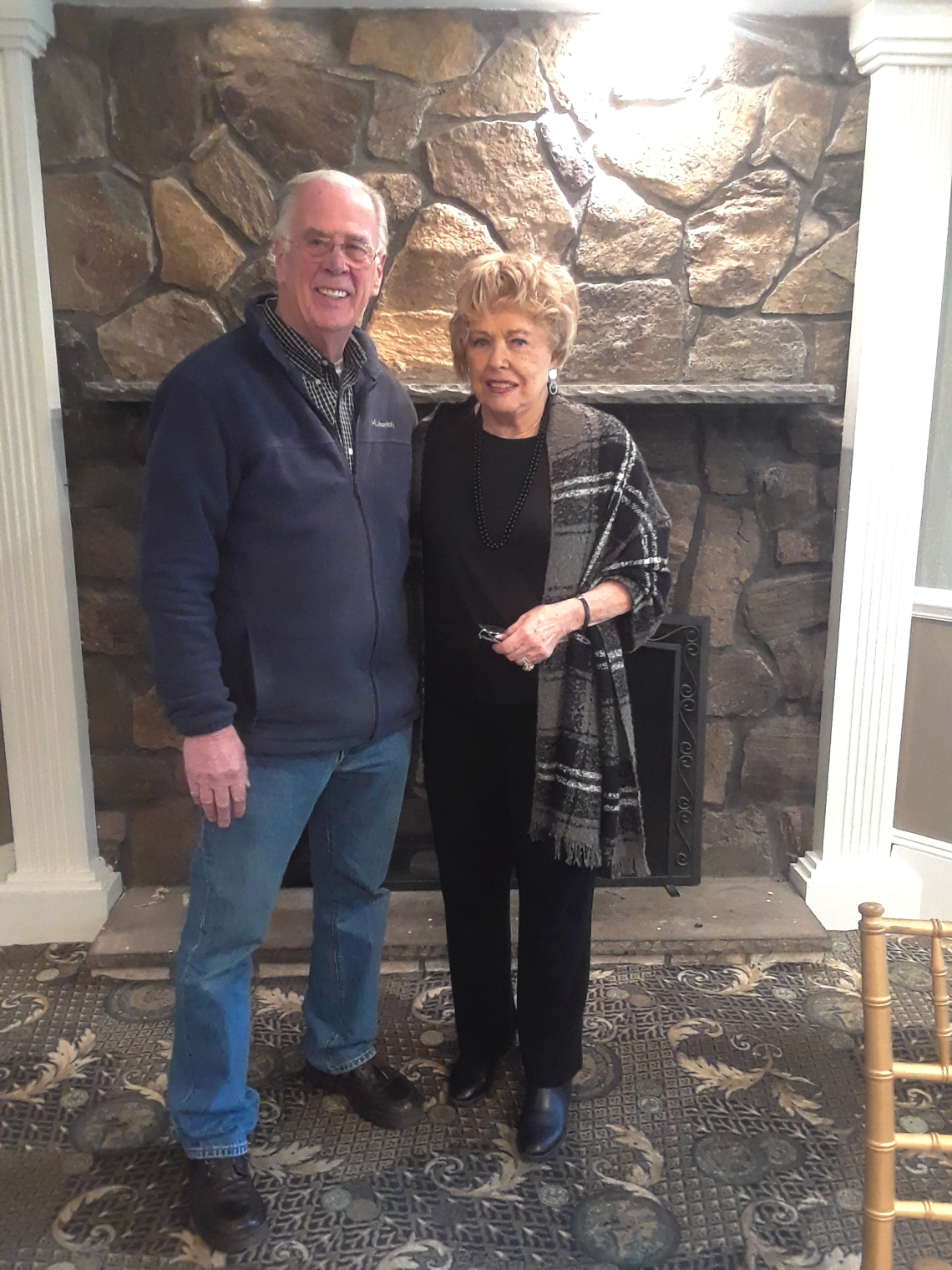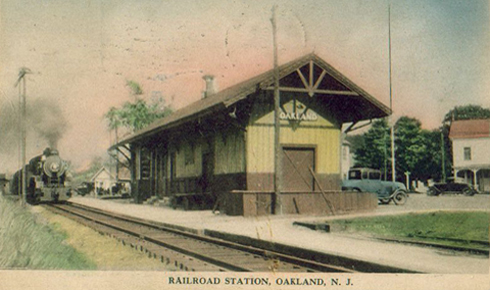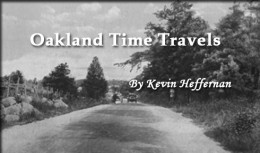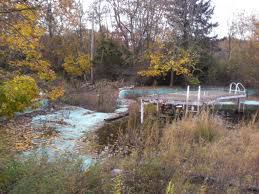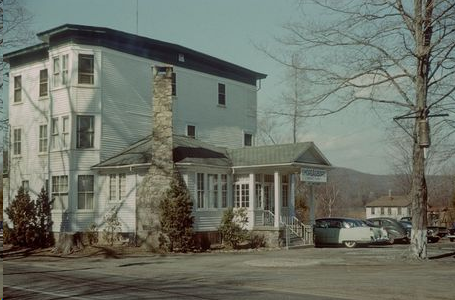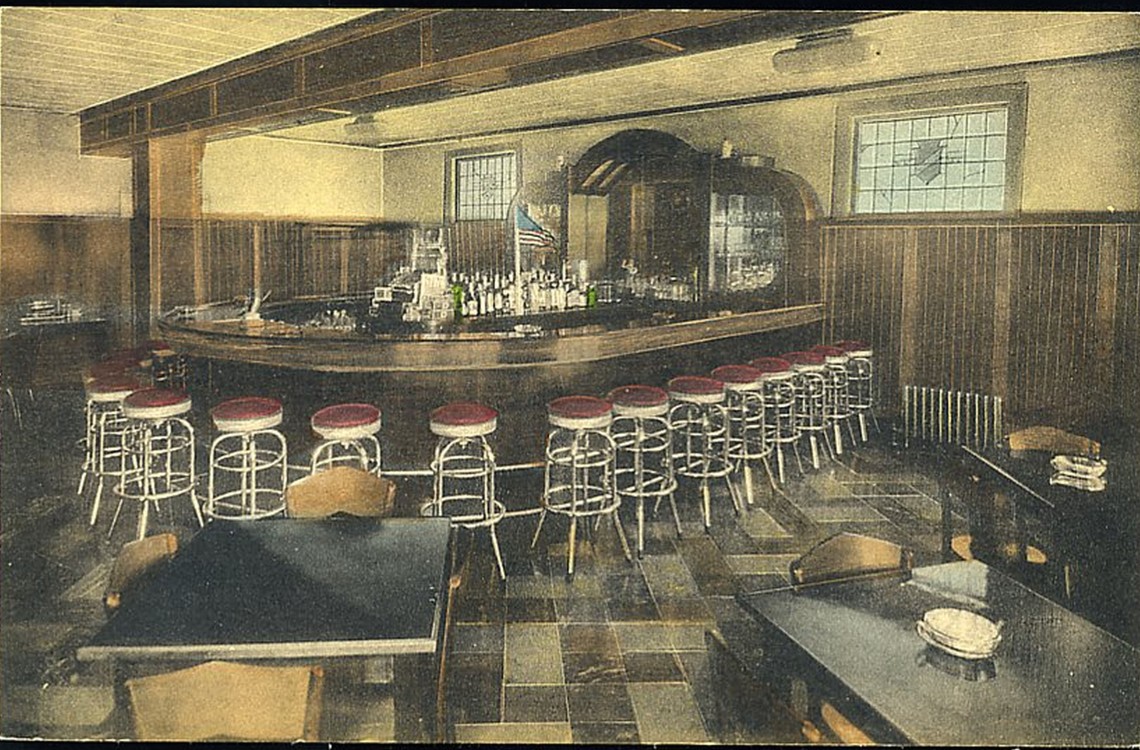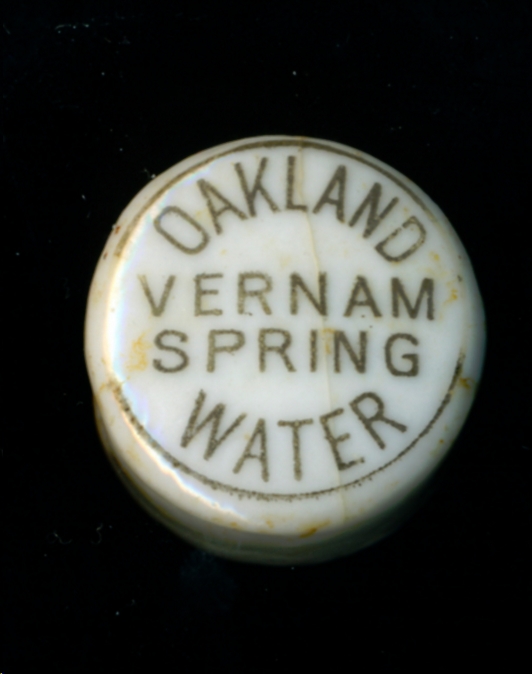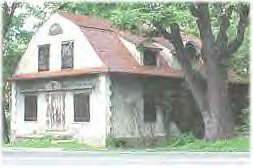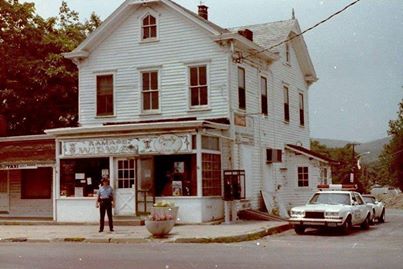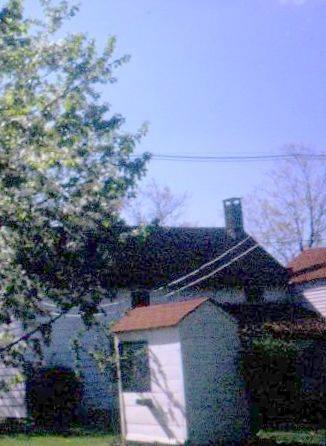A family friend from Oakland has recently passed away. Shortly before her death, Sonya shared a short story she had written years before. As a gesture to her family, I offered to have this published in print or on a known site. It is a very clever and possibly unique story line. Since this site is just being launched, it is only fitting that Sonya is the featured writer. To underscore her importance to Oakland, see the photo of her with Kevin Heffernan touring the Hansen House. Sonya wrote several more stories, but this is my favorite. Aunt Etta It was unusually quiet; but I guess when someone dies people…
-
-
What Happened to Oakland’s Downtown
What Happened to Oakland’s Downtown? 13 9 Oct, 2014 in Features / OaklandNJ What Happened to Oakland’s Downtown? By Kevin Heffernan Downtown Oakland…..Well folks, I’m sad to say that this term is a bit of an oxymoron. No, I’m not poking fun at it and I’m not attempting to abuse the priceless memories of those who grew up here. So why is it an oxymoron and what happened to whatever we refer to as downtown Oakland? In 1872 the wilderness of a farming Oakland had a railroad, a railroad station and large house serving as a ticket agency and as the post office. Then realizing that local citizens needed stuff that the railroad could deliver…
-
Welcome to Oakland Time Travels
Welcome to Oakland Time Travels 1 8 Mar, 2014 in Features / Oakland Time Travels / OaklandNJ Greetings to fellow lovers of Oakland! My name is Kevin Heffernan and I have had the opportunity and pleasure of living in Oakland for the last 35 years. And, I am both delighted and extraordinarily honored to join the wonderful team at The Oakland Journal. My wife and I came here from Fairlawn simply because we knew that Oakland was kinda out there and somewhat rural. And it was, still is and proud of it. My contribution here is to write about aspects of the history of Oakland. What!!!…By a NEWBIE? Yup, and I say that with all due humility.…
-
The Tainted History of a Summer Pleasure Land
The Tainted History of a Summer Pleasure Land: Posted on February 27, 2013 by Gregg Griffin No one today would consider the northwestern corner of Bergen County to be a resort paradise, but for the first half of the 20th century that’s exactly what it was. In researching the history of the Ramapo River I happened upon several sources describing Oakland as a summer resort town. From the early 1900’s through the 1960’s Oakland was home to a number of resorts located on the banks of the Ramapo River. The quiet town of Oakland would almost quadruple in size during the summer months to accommodate all of the incoming tourists from the urban centers…
-
The Roots and Origin of the Hansen House
July 3, 2018 The Roots and Origin of the Hansen House Oakland, New Jersey 1938 – 1973 The Portobello Banquet Facility as a Time Capsule Summary and Conclusion The core of the Hansen House is believed to originally be a farmhouse built at or before 1861 and greatly expanded by Mrs. Florence Vernam in the early 1890s. The Case for Its Origins as a Simple Farmhouse 1. The original foundation is crude stone rubble typically deployed by farmers building their own farmhouses. 2. There is evidence of late 19th Century masonry in the basement of Portobello’s Banquet facility indicating a significant expansion of the building during that period. 3. A…
-
The History of the Famous Seel’s Bar
The History of the Famous Seel’s Bar and Its Demise The mention of Seel’s Bar and Grill to most current Oakland residents will most likely result in questioning stare. Seel’s? Huh? What? Where? Well, unless you lived in Oakland prior to 1957, it’s entirely understandable that you might not have ever heard of it. But I assure you that you pass its ghost every day. It lives on as a section of a parking lot on the NE corner of Yawpo Ave and RVR directly across from Krausers. Some might currently know it as Seel’s Shopping Center. Read on to learn its history and how and why a storied watering…
-
Vernam Spring – Kanouse Spring Water Co
Vernam Spring – Kanouse Spring Water Co. ….another business giving employment to more than a dozen people was the Knouse Water Supply and Bottling Co. In 1912 Andrew Spear (Drew) as he was often called, leased his sawmill property to the Kanouse Spirng Water Co. The old sawmill which was located off present day Long Hill Road had originally been built before the Civil War era by Henry I. Spear, Andrew’s great grandfather. The mill which was located approximately a quarter mile below the natural spring, known then as the Remington Vernam Spring, was situated in such a way that the water would run by gravity down the grade and…
-
Oakland’s Stream House
The Vygeberg Farm Office Building (Oakland’s “Stream House”) A Brief History Built in 1902 as the office building for the dairy farm operations of Edward Day Page, a millionaire businessman whose Oakland estate at its height was variously described as either 600 or 700 acres in size. Page was a founding member of the Sons of the American Revolution. Three of his ancestors fought at Concord Bridge, and some two-dozen others served in the Revolution in state militias or in the Continental Army. Page served at various times as councilman and mayor (1909 – 1911) in Oakland, and was at the time of his death (Christmas Day, 1918) a member…
-
The Relatively Recent History of the Wigwam
The Relatively Recent History of the Wigwam by Those Who Lived and Remembered It – As of 3/7/2014 Barbara Potash shared your photo. The Ramapo Wigwam as it was officially called was opened around May 1966 by my parents and the Parettes as partners, it was to be an Old Fashioned Ice Cream parlor. My mother ran a contest in all grammar schools to actually name the store. The winner received a prize. If my memory serves me, doubtful at our age, but it was to open around time of the opening day baseball parade. Work was started in 1965 to do total renov. Inside of it. I do remember Mrs. frank…
-
The Proskey Home
Sue Proskey March This is my grandmother, Ethel Proskey’s, well house and the back of her house. The well was operational when I was a kid, but there was a barberry bush at the entrance to keep kids out, and a climbing rose on the end that needed pruning every year. According to records, the house was built in the later 1700s. You can see the chimney that was for the dining room fireplace. To the right (out of the picture) there was a 2 sided firebox for cooking/baking. In the kitchen there was cooking area, in the “summer kitchen” or back hall-there were baking ovens.
